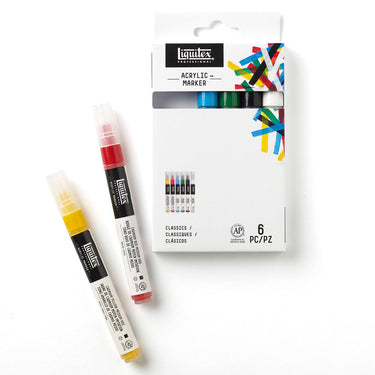Knives. Spatulas. Splatter filaments. Large scale brushes. The Liquitex pro tools range has a full spectrum of options to play with. Move the paint as you like, with blades, bristles and everything in between. All sizes and shape combinations. Each design is engineered with artists to suit a different need. What do you have in your tool kit? Let’s delve into the options.
HELLO TO KNIVES.
Trowels. Spatulas. Palette knives. The 36-piece pro knife collection is made up of 3 styles. Each has a slightly different shape and is available in different sizes and profiles so you can find the perfect tool for you. Non-reflective metal surfaces reduce glare when working outdoors.
Palette. 18 traditional palette knives for manipulating materials, on and off the canvas. Solid construction between blades and necks gives superior flexibility and strength. These are your core studio knives for working with color and mediums.
Spatula. 9 spatulas with flexible, extra-long curved blades. Resilient, perfect for mixing and spreading paint, plaster and other media. Stainless steel and comfortable wooden handles help you to move large amounts of material efficiently to build rich impasto surfaces.
Trowel. Nine squared and curved-edged trowels with a choice of flexible or stiff blades for mixing and spreading paint, texture gels and other media. Use them to transport and control large amounts of material. To shape, stroke, build up and scrape surfaces.
BRUSH IT.
11 styles. Each in a range of sizes. Choose from traditional small-scale brushes for detail work and large-scale Freestyle brushes for specialized techniques, large surfaces and experimental applications.
Bristles. Different filaments suit different types of paint. For acrylic paint, synthetic bristles give the best spring, durability, color carrying and distribution. Synthetics stay stiffer than natural hairs when wet and are more resilient.
Handles.In the studio for hours? You need your brushes to feel an extension of you: comfortable, ergonomic and resilient. Liquitex pro brushes are designed for hours of continual use. When designing our small-detail brushes we looked at the shape of the fingers and the different grips used to paint with. Then we modeled and sculpted the handles to reflect them, giving a unique, gently undulating shape. For the large-scale brushes, we needed non-slip handles to carry weight and handle rough surfaces and big areas.
Small-scale brushes. Four shapes. A range of sizes. Sustainable nylon filaments give the ideal spring and snap. Green wooden handles are non-slip and ergonomically contoured for balance and comfort, whether you hold your brushes at the tail or below the ferrule. Numbers are printed on sides and ends for easy identification when you’re working. Choose from Round, Bright, Flat and Filbert shapes.
Large-scale brushes.Seven shapes. A range of sizes and handle lengths. Designed with specific techniques in mind - from large canvas coverage to murals. Synthetic bristles are selected to suit the end purpose - for masonry, effects or smooth surfaces. Black non-slip matte-satin wooden handles are shaped to fit the hand and technique. Stainless steel ferrules are durable and rust-proof. Select from Universal Flat, Universal Angle, Broad Flat (long or short handle), Splatter, Paddle and Giant shapes.
TOOL CARE.
For brushes, first get rid of the excess paint on a rag, newspaper etc. If you've been using thicker paints, squeeze the color from the ferrule to the tip of the filaments. Then rinse the brush off in a jar of water - don't press down on the bottom of the jar as this can cause damage to the filaments. Get rid of any last residue by massaging the filaments gently with hand soap and tepid water. Rinse thoroughly with clean water and shake out excess drops, then bring the brush head back to its original shape with your fingers. Leave to dry in a pot with the bristle uppermost.
For knives, always clean them before the acrylic dries on them. Use water and soap, or a wet cloth to clean the blades and handles.
DEALING WITH DRIED-ON PAINT.
For brushes, our tip is to soak the brush head in a small bowl of Liquitex Pro Pen Cleaner. Leave it for a few minutes and test to see if the crusty bits have dissolved or come away when you rub it. If not, leave for a little longer and test again. You should be able to remove most (or all) of the paint this way, and then rinse with water. If the paint has dried on your knives, you may need to scrub a little more firmly or use a scraper.
Take a look at our Professional Tool range here.

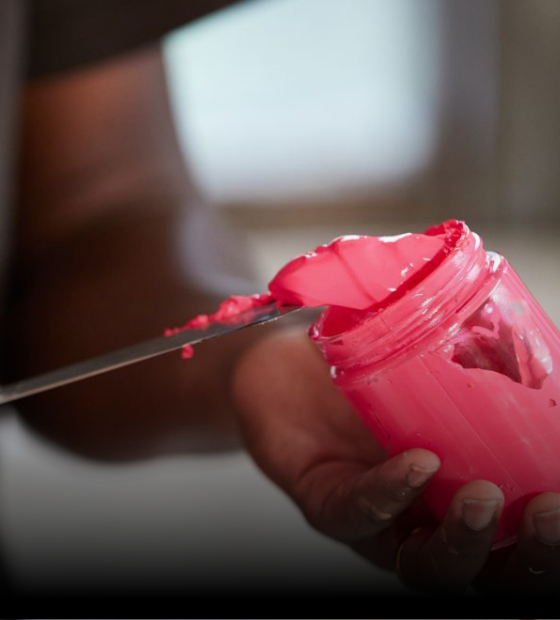

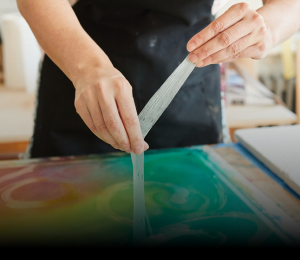
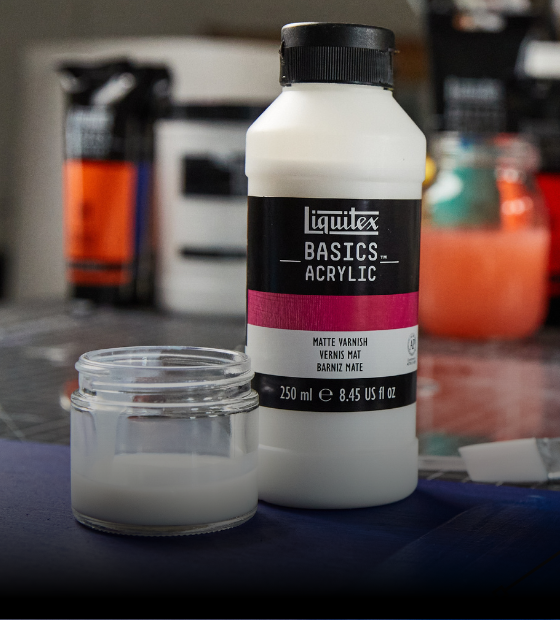
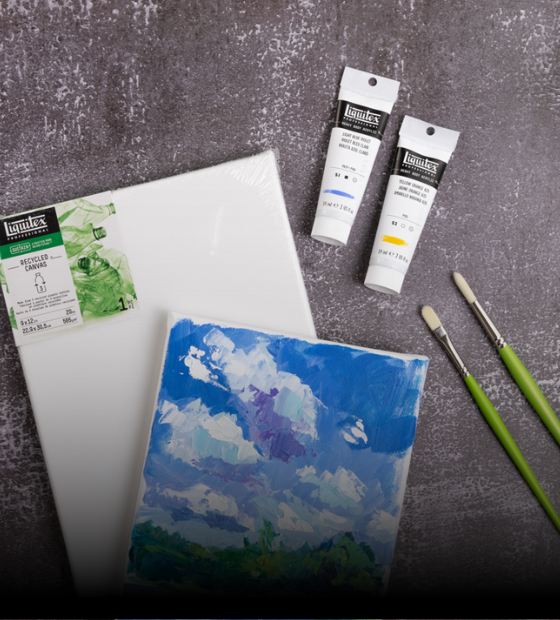
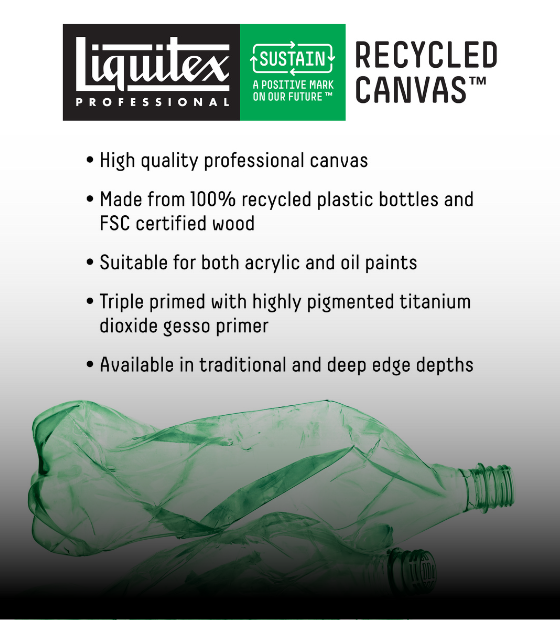
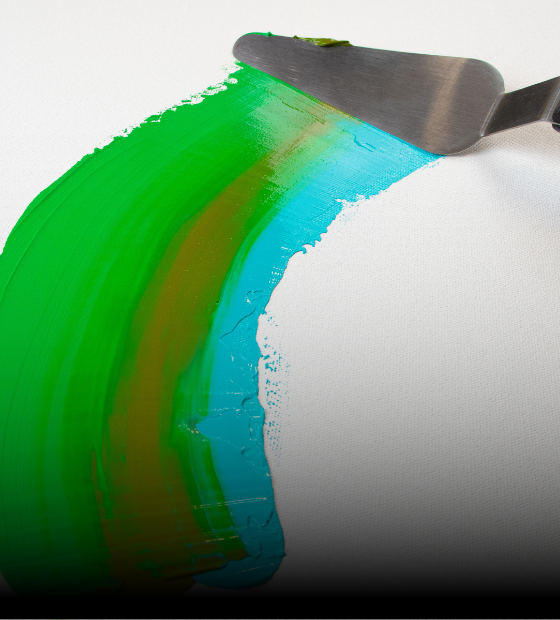
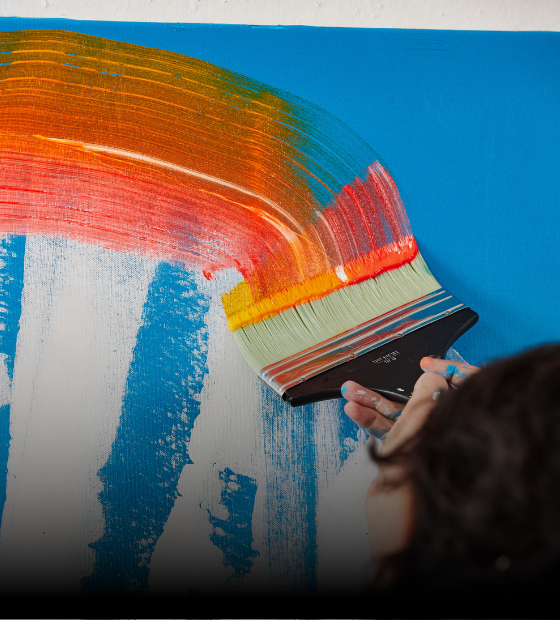
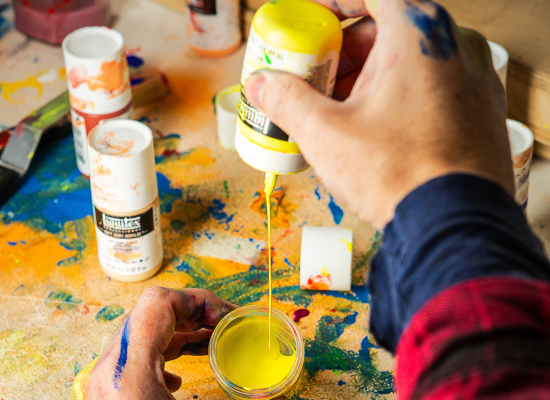
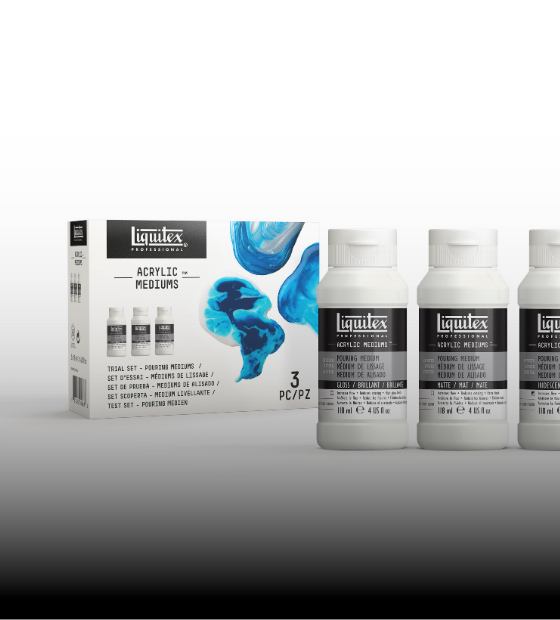
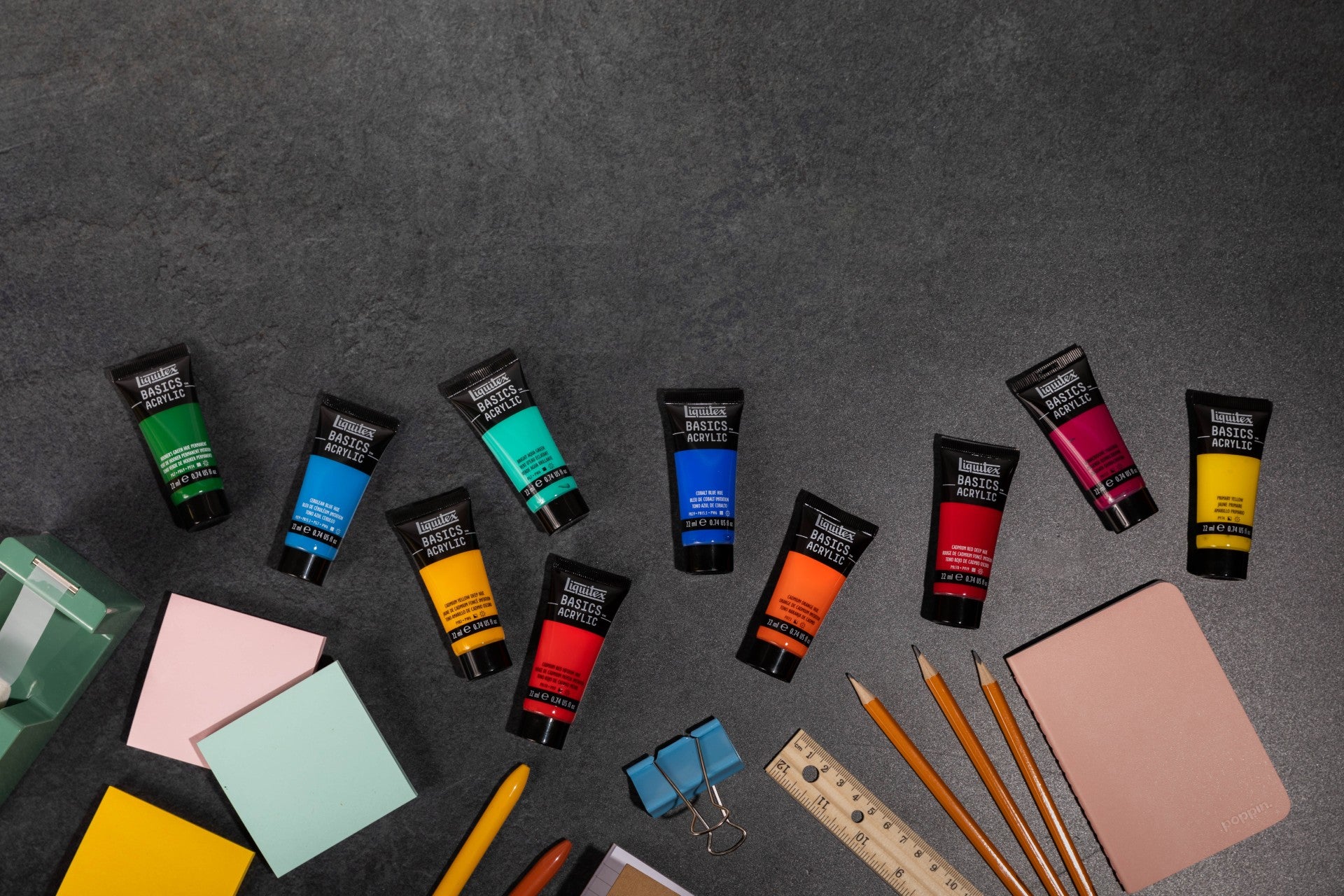
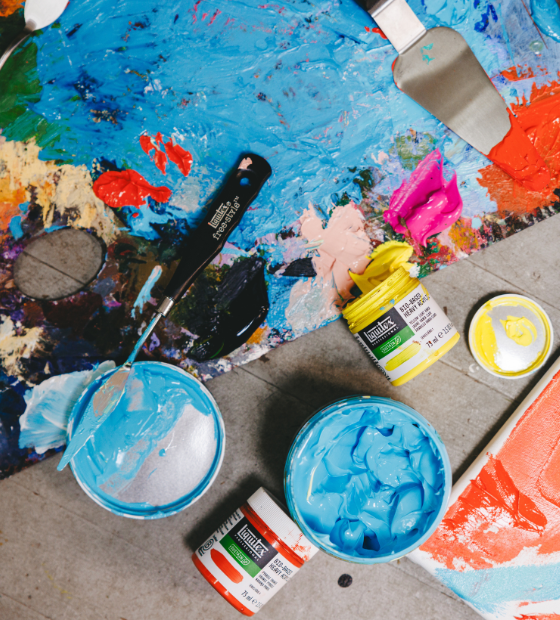
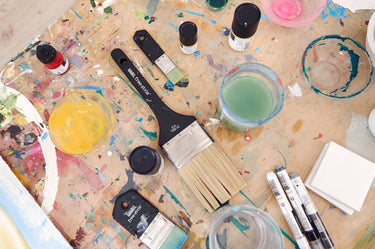
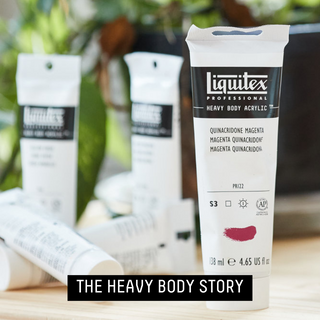
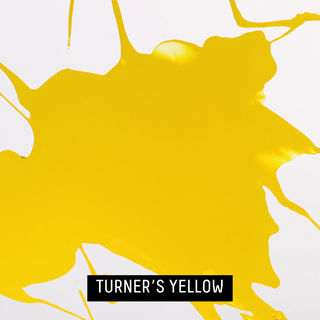
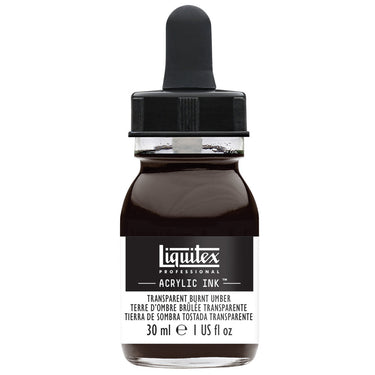
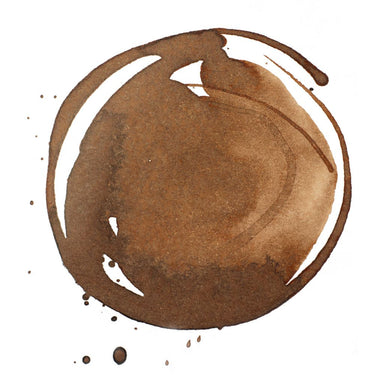
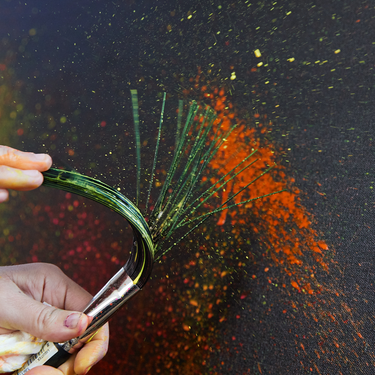
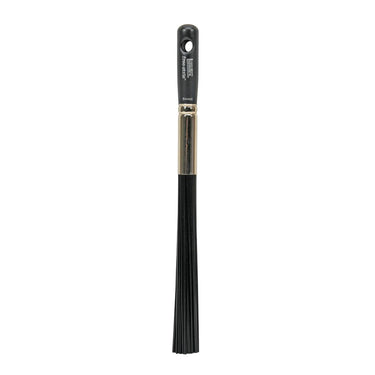


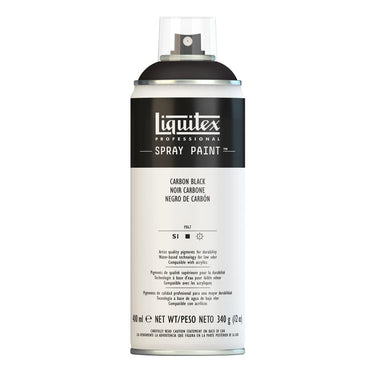



![LQX ACRYLIC MARKER SET 6X 2-4MM CLASSICS [CONTENTS] 887452001225](http://uk.liquitex.com/cdn/shop/files/68762_4855e6eb-82d5-4a11-a736-1f41ab15882e_375x375_crop_center.jpg?v=1709305272)
